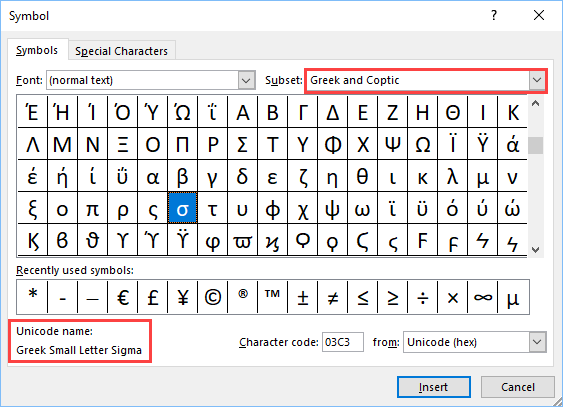
Now select another random sample of the same number, and find the average of their measures. Randomly select at least 30 members from that population, measure them for some characteristic, and then find the average of those measures.
#Excel standard deviation how to#
Many of us were introduced to statistics in school and then forgot what little we learned…often within seconds of the final exam.Īlso, when we took statistics, many of us weren’t taught how to use it with Excel. Additional, check this youtube video tutorial for further guidance.When a visitor asked me how to generate a random number from a Normal distribution she set me to thinking about doing statistics with Excel.

Still not sure how to calculate Standard Deviation in Excel? Leave a comment below and we will get back to you. Same numbers means zero variability which in turn means SD=0.įor example, if all the numbers on my Excel sheet are 10, then the SD will be equal to 0. If the numbers are the same, there’s no need to calculate SD.

Read More: How to Divide in Excel : Division Formulae Note: Standard Deviation of ZERO

Instead of STDEV.S, Insert the Formula STDEV.P and you’re good to go. To calculate SSP or Standard Deviation Population, follow the aforementioned steps with a minor modification. How to Calculate Standard Deviation in Excel ( Population) You can select the entire data or scattered cell references ( A1, A4 etc.) depending upon your preferences.ħ. Your Standard deviation is here. Any will suffice.ģ. Start your Standard Deviation formula with =.ĥ. Select the cells you want the Standard Deviation computed for. How to Calculate Standard Deviation in Excel (Sample)ġ. Open the Microsoft Excel Document containing your data.Ģ. Click an empty cell. Sample Standard Deviation (SSD), on the other hand, takes into account all data points minus one value (N-1). In Excel terms, Population Standard Deviation takes into account all data points ( N). They have a greater chance of variability and are manifolds greater than Population SDs. Sample SDs are targeted on a limited number of individuals or units of a population. Qualitatively, The SD of a population is fixed and yielded from every unit of a said population. There are certain differences between calculating SD in entire populations and limited groups or samples in Excel. Difference Between Sample and Population Standard Deviation All you have to do now is insert the SD population and Sample formulae in Excel to get the intended results.
#Excel standard deviation series#
In eighth or ninth grade, to calculate SD you had to go through a complicated series of steps. If the SD is on the low side, your individual numbers are close to the average or mean. If you get a high value of SD, it means the numbers vary a lot from the average or expected value. Standard deviation is used to tell how far a value is spread from the mean value of a group or a population. What is Standard Deviation and Why Calculate it? But first, let’s get friendly with the basics. I’ll teach you how to calculate Sample Standard deviation and Standard Deviation for a population. To perform basic mathematical operations, such as addition, multiplication, subtraction and Standard deviation (SD), you must learn how these formulae work. If you’re someone who has to deal with a lot of numbers on a daily basis, you must familiarize yourself with a large array of Excel formulae.


 0 kommentar(er)
0 kommentar(er)
